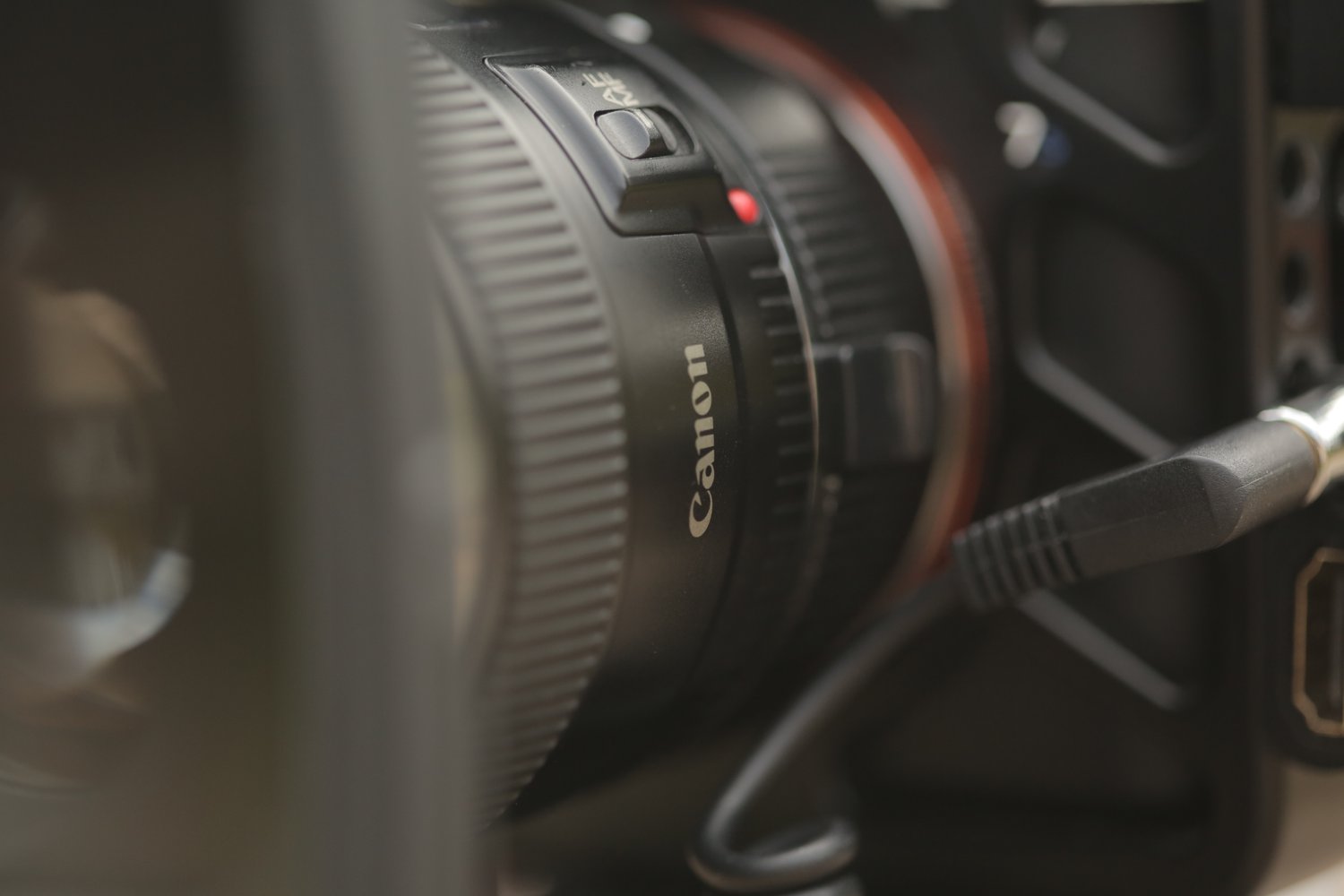8K resolution represents the next evolution in display technology, surpassing the previous standard of 4K. Here, we will explore what 8K resolution is, and its impact on and place in the future of the industry.
Understanding 8K Resolution
8K resolution is a term used to describe a display or video format that boasts a pixel count of around 8000 horizontally. To put this in perspective, an 8K resolution contains four times the pixels of 4K resolution, which was considered top-of-the-line not long ago. This increased pixel count results in a sharper, brighter and more detailed picture.
8K Camera Manufacturers
Canon, Nikon, Sony and Fujifilm all have 8k cameras on the market, but another big name is holding fire for now. Panasonic has expressed reservations about the 8K consumer market, so much so that it is believed that Panasonic’s upcoming LUMIX model will not be an 8K camera. This could indicate that the jump from 4K to 8K does not seem to have the same market-altering potential as the shift to 4K did. But why is this?
Pixel Count and Viewing Distance
The higher pixel count of 8K resolution does mean a sharper, more vibrant and vivid image, but one concern that could be preventing the widespread adoption of this technology is how well this increased image can be appreciated by the viewer.
Close up on devices such as computer monitors, a viewer will be able to distinguish and appreciate the difference between 4K and 8K, but from further away and even on bigger screens, the human eye may struggle to appreciate the distinction between these resolutions.
Those thinking about shooting in 8K might want to consider what format they intend their content to be viewed in, as the extra detail and clarity that 8K brings is lost on the human eye once they are a certain distance (or closer) from the screen.
Consumer Adoption of 8K
Is the average consumer ready for 8K? This is another potential roadblock in the widespread adoption of the technology. Having a camera that shoots in 8K isn’t enough – for end users to be able to appreciate the higher resolution, they need to be watching the content on an 8K-ready device with 8K cables.
For more manufacturers to invest in producing 8K cameras, they need to be sure there is a healthy market of camera users such as videographers and cinematographers interested in shooting in this resolution. For the videographers to invest in the cameras themselves, they need to be sure there is an audience willing to invest in the technology to watch 8K and appreciate the difference.
At present, many people aren’t in possession of these devices, meaning the manufacturer’s and camera operator’s investment in the tech might be harder to justify at this moment in time. It is likely that the increase in 8K content and cameras will coincide with the rise of end-users purchasing the screens to watch it on, but that surge is still yet to begin.
In summary, it doesn’t look as though, at this moment in time, either filmmakers or audiences need to rush to invest in 8K technology. There is little doubt that in the future, this resolution will be the standard that we all work with, but at present, few are missing out by not using it.
If you need the services of a professional videographer or editor, please get in touch.
